|
Last Tuesday, at Verdant Community Wellness Center, the Healthy Living Coaching Group took participants through a crash course on metabolism. The Healthy Living Coaching Group meets weekly to discuss specific ways to improve dietary and physical habits to lead healthier lives. In previous classes, individual factors that affect weight management have been explored. In this class, we introduced the science and revisited previous topics, to illustrate the complexity of metabolism. It was also demonstrated that we all have the tools to develop habits to support a healthier metabolism. Here are the main takeaways from the class. What is Metabolism? When thinking about metabolism we often think about weight and how fast or slow someone burns calories. We hear phrases like “oh he has a slow metabolism” or “she has a fast metabolism” to account for why someone is of a particular weight. In part this is true. But it’s also so much more. Metabolism is all of the physical and chemical reactions in the body that maintain life. It’s a balancing act between the reactions that build products up and consume energy (anabolism) and break things down (catabolism) for energy (ATP). The food we eat contains the building blocks for these reactions. Essentially, food is fuel. We use this fuel for immediate energy or store it for later use. Metabolic rates are determined by how fast energy can be produced and used. These rates are affected by various factors. Some are out of our control like age, gender, and genetics, but others we can regulate. Dietary PatternsWhat, when, and how we eat play a large role in supporting our metabolism. Three manageable changes are: eating breakfast, eating small frequent meals, and mindful eating. Eat BreakfastListen to your mom (and dad)! Breakfast is the most important meal of the day because it “wakes” up your metabolism. While sleeping, your metabolism slows way down so it needs a jump start first thing in the AM. It is recommended to eat within 1 hour of waking. Make sure to have a meal that contains a protein, fat, carbohydrate and fiber source to set the stage for the rest of the day. Eat Small, Frequent Meals
Mindful Eating
Daily ActivitiesAlthough metabolism can be greatly improved through dietary changes alone, there are some daily activities that also play a large role. Exercise & Activity Level
Tracking/JournalingSleepingLength and quality of sleep is such an important factor and really could be a discussion all on its own. But I am running out of space, so here is the short version. You want to get enough sleep to avoid fatigue during the day. Fatigue means less activity which will lead to decreased metabolic rate. Fatigue can also impact stress which impacts appetite hormones which then impacts if we eat too much or too little which then affects our metabolism. The domino effect of poor sleep is real. So, try to aim for 7-9 hours a night of undisturbed sleep. Metabolism is complicated and multifactorial. These are just a few factors from a very long list. However, they are within our reach. Create healthier habits by focusing on one or two factors at a time. Here are some recipe ideas to inspire you along the way! Shakshuka with Greens
Directions:
Nutrition per serving (1/4th of pan): 217 Calories; 15g Fat; 10g Protein; 13g Carbohydrates; 3.5g Fiber; 216mg Sodium Fruit & Yogurt ParfaitDirections:
Nutrition per 8 ounces: 150 Calories; 4g Fat; 7g Protein; 26g Carbohydrates; 3.5g Fiber; 85mg Sodium Analyzed using KIND Cinnamon Chia Granola and sliced almonds ~Kelsy, Dietetic intern
0 Comments
The Four F’s--fiber, fluid, flora and physical activity—are most commonly recommended to alleviate constipation. But they also help accomplish other positive things for your body. In this post we’re going to discuss how The Four F’s can improve and maintain the condition of your gut—and with it, your overall health. With recent studies connecting gut health to overall well being, it makes sense to start with a simple question: What, exactly, is a healthy gut? In simple terms, a healthy gut has an ideal ratio of “good” bacteria to “bad” bacteria. It’s hard to visualize, but the community of bacterial microflora in your GI tract contains more than 100 trillion bacteria, made up of thousands of different species. It’s important to keep this gut microbiome in good condition, and not let factors such as environment, age, antibiotic use, and disease throw it off balance. Fortunately, there’s a lot you can do to influence your gut through eating and physical activity to maintain a healthy ratio of microflora. Let’s take a look. FiberThe first “F” is fiber, and for good reason. With benefits ranging from managing blood glucose to lowering cholesterol levels, fiber is often referred to by dietitians as the “magical nutrient.” But what does it do for your gut?
When it comes to the digestive tract, there are two main types of fiber: soluble and insoluble. Soluble fibers dissolve in water and form a gel within the digestive tract, making bowel movements softer and easier to pass. They also can slow the digestion of foods and aid in unwanted symptoms such as diarrhea. Rich sources of soluble fiber are oats, beans, peas, and lentils. Insoluble fiber does not form a gel. Rather, it acts as a bulking agent for our stools. Insoluble fiber combined with soluble fibers help keep us regular. Foods rich in insoluble fiber include skins of vegetables and fruits, brown rice, wheat bran, and whole grains. It’s important to remember that all plant-based foods contain fiber of both types. It’s simply the ratio of each that varies. So what’s the bottom line? Make sure to eat a variety of plant-based foods, and to drink more fluids as you increase your fiber intake to keep your gut happy. Fluids
Flora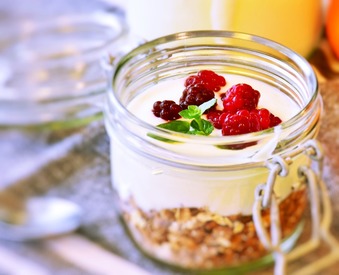 Gut microflora is a hot topic right now, with several studies linking gut microbiota to multiple health conditions, including obesity, allergies, diabetes, cancer—even some mental health conditions. A healthy microflora contains high levels of probiotic bacteria. Probiotics defend our guts from harmful microbes. The main role of the gut flora on the GI tract is to protect the gut epithelium from harmful pathogens. While a healthy gut is able to fight off most of these pathogens without any side effects, an unhealthy gut does not. Thus, one way to support the gut is to eat prebiotics (fiber) to support the existing probiotics in our guts. Also, eating fermented or cultured foods (with live probiotics) increases overall probiotic content and keeps the digestive system healthy. Examples of good probiotic foods include kimchi, sauerkraut, miso, cultured vegetables, yogurt, and tempeh. And last, but not least... Physical Activity
A proper functioning gut is essential to overall health. Being mindful of The Four F’s gives you an important tool to improve and maintain your overall wellness while partaking in two of my favorite activities: eating and playing! Here are a few tasty smoothie recipes to help you increase your fiber and fluid intake! Try adding plain Greek yogurt or kefir to any of your smoothies for an extra boost of probiotics, as well as protein. And of course, don’t forget to wash it all down with a brisk walk around the block! Creamy Zucchini Blueberry SmoothieDirections:
Nutrition per 8 ounces: 218 Calories; 10g Fat; 6g Protein; 32g Carbohydrates; 4.7g Fiber; 67mg Sodium Summer Peach SmoothieDirections:
Nutrition per 8 ounces: 227 Calories; 13.5g Fat; 6.7g Protein; 24g Carbohydrates; 6g Fiber; 44mg Sodium *analyzed recipe using 1% milk and peanut butter ~Kelsy, Dietetic intern Resources:
August has arrived in the PNW, and with it warm evenings and golden orange sunsets. Now’s the time of year to be outside as much as possible. That means spending time in the kitchen cooking (and sweating, because who has AC here?) is not high on the priority list. Not to worry. We’ve got all the tips you’ll need to create a delicious feast on your favorite outdoor grill—without sacrificing your health. There are often concerns regarding food safety and health risks related to grilled foods. However, there are many ways to make grilling a healthy, safe, and delicious way to eat. It’s all about the foods you choose, preparation, and cooking methods. Does grilling food increase cancer risk?Studies of have shown that there is an increased risk of developing cancer with consumption of charred grilled foods. This is due to the formation of two main substances: Heterocyclic Amines (HCA) and Polycyclic Aromatic Hydrocarbons (PAH). When the fats and proteins of a meat or poultry product are heated at high temperatures to the point of being browned or blackened, carcinogens form. This can happen with all forms of cooking, not just grilling. HOWEVER, this risk can be greatly reduced with a few simple steps. First, cook at lower temperatures by using charcoal briquettes or hardwood chips from hickory and maple. Second, the use of marinades that contain olive oil and citrus juices (such as lemon or lime) can minimize the formation of these cancer-causing substances by as much as 99%. Marinate foods for at least one hour before cooking. Marinades also add a lot of flavor and juiciness to any grilled item—whether it’s eggplant or chicken. Thirdly, reduce the formation of HCAs by cooking with herbs from the lamiaceae family. These herbs include basil, mint, rosemary, thyme, oregano, and sage. Fresh herbs can easily be chopped and added to any marinade. Grill Prep & Cooking Tips!
General Safety Guidelines for Choosing, Storing, and CookingWhen shopping, pick your meat products right before checkout. Make sure the packages feel cold to the touch and are not torn. To protect against contamination, put raw goods into individual plastic bags and store in the cart away from produce. When transferring, use an insulated cooler to keep meat below 40F. Use ground meats and poultry within 1-2 days, and other products within 5 days. Store on the bottom shelf of your fridge. If storing for a longer period of time, wrap in freezer paper or plastic and store at 0F. Raw meat, poultry, or any other perishable food should not be left out at room temperature for longer than two hours. It is important to use a thermometer to check temperatures of meat and poultry. Cooking to the proper temperature destroys harmful bacteria that may be present. Once the food has reached temperature keep it hot until serving at 140F or warmer. If storing for later consumption, put in refrigerator right after cooking for up to 3-4 days, or freezer up to four months. Internal Cooking Temperatures
Finally, remember to cook meats separate from produce and always wash hands before and after handling raw foods. Now go and enjoy the outdoors with some grilled foods! Prawns with Garlic & Smoked PaprikaDirections:
Nutrition per 4 ounces: 117 Calories; 2g Fat; 20g Protein; 3.5g Carbohydrates; 0g Fiber; 426mg Sodium Grilled Soy-Ginger Glazed Tofu
Directions:
Nutrition per 4 ounces tofu: 172 Calories; 10g Fat; 12g Protein; 11g Carbohydrates; 0.5g Fiber; 288mg Sodium Grilled Watermelon SaladDirections:
Nutrition per serving: 156 Calories; 6g Fat; 3.5g Protein; 25g Carbohydrates; 1g Fiber; 405mg Sodium Jamaican Jerk Grilled Eggplant
Directions:
Nutrition per serving: 74 Calories; 3.5g Fat; 2g Protein; 10g Carbohydrates; 3g Fiber; 270mg Sodium ~Kelsy, Dietetic intern
The MIND diet stands for Mediterranean-DASH Intervention for Neurodegenerative Delay. The diet combines portions of the DASH diet (Dietary Approaches to Stop Hypertension) and the Mediterranean diet. It was developed by researchers at Rush University who created a nutrition plan to help lower the risk of Alzheimer’s disease. Both the DASH diet and the Mediterranean diet have been shown to improve cardiovascular health and cognition. However, the MIND diet may improve cardiovascular function and cognition, in addition to lowering the risk for Alzheimer’s disease. Studies suggest that those who adhered to the MIND Diet the most reduced their risk for Alzheimer’s by 53% compared with those who did not adhere closely to the diet. Even those participants who partially adhered to the MIND Diet were able to reduce the risk of Alzheimer’s by 35% compared with those who did not follow the diet.
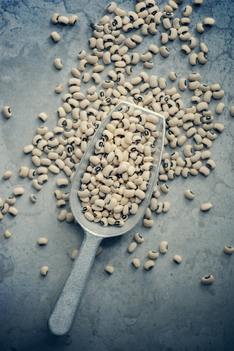 4. Nuts – at least five servings per week Nuts can help to lower blood pressure and LDL (bad) cholesterol. They may also help prevent memory loss and Alzheimer’s disease. Nuts are a great source of Vitamin E, which is linked to improved cognitive function. Walnuts, loaded with polyphenols and Omega-3 fatty acids, are known to improve memory and concentration. 5. Legumes – at least 4 servings per week Legumes, like lentils and beans, are comprised of low glycemic carbohydrates that supply your brain with fuel at a steady pace. Legumes also have a lot of fiber which can help lower blood pressure and cholesterol. 6. Whole grains – at least 3 servings per day Like legumes, whole grains contain a lot of fiber which can help lower blood pressure and cholesterol. Foods that promote cardiovascular health are also good for your brain. If the brain gets adequate oxygen-rich blood it will be better at thinking and memorizing.  7. Fish – at least 1 serving per week Oily fish such as trout, sardines, salmon and herring contain a significant amount of DHA, an Omega-3 fatty acid essential for brain function. Higher intakes of DHA may improve memory and cognitive ability and may also slow brain aging. Fish is particularly beneficial when it is baked or grilled instead of fried. 8. Poultry – at least 2 servings per week Choosing chicken and poultry over red meat is associated with a lower risk of Alzheimer’s disease. White meat, like meat from the breast, is preferred over darker meat. It is best to prepare poultry without the skin. 9. Olive oil – use as your primary cooking oil Olive oil is a great source of monounsaturated fat. Monounsaturated fat reduces inflammation and improves the functionality of blood vessels. The MIND diet suggests using olive oil as your primary cooking oil. 10. Wine – one serving per day One glass of wine, especially red wine, per day can preserve memory and reduce the risk of Alzheimer’s disease. Wine, when consumed in small amounts, can have anti-inflammatory effects in the brain. Higher amounts of alcohol can damage the brain so it is important to consume wine sparingly. The MIND diet suggests limiting the following foods: 1. Butter and Margarine – limit butter to less than 1 teaspoon per day & omit margarine altogether 2. Fried food – limit to 1 serving per week 3. Red meat – consume fewer than 4 – 3oz servings per week 4. Cheese – limit to 2 ounces per week 5. Pastries and sweets – consume less than 4 treats per week Granola with Nuts and Dried BerriesInstructions:
~Sara, Dietetic intern
|
SD BlogA place for our consultant Registered Dietitian Nutritionists (RDNs) to share nutrition science, yummy and healthy recipes, tips on seasonal ingredients, and other nutritional musings. Enjoy! Categories
All
Archives
May 2024
|





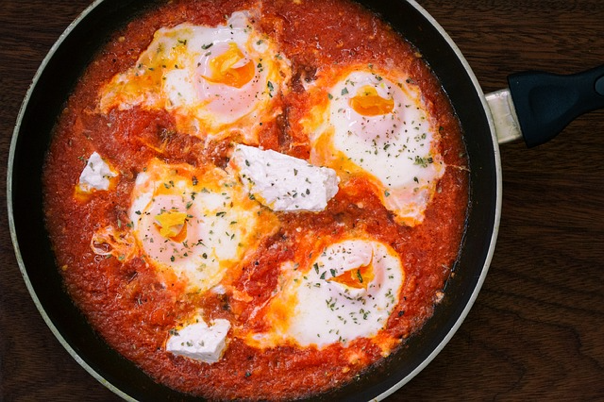
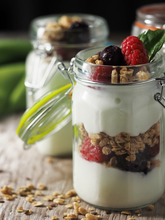
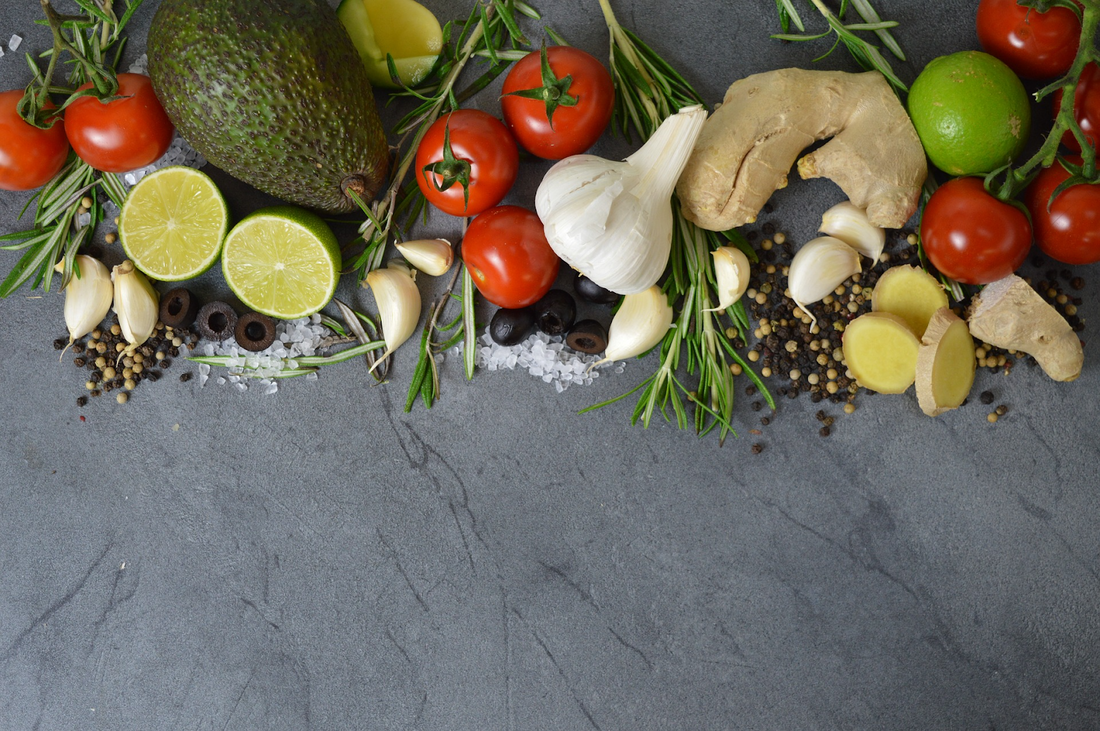
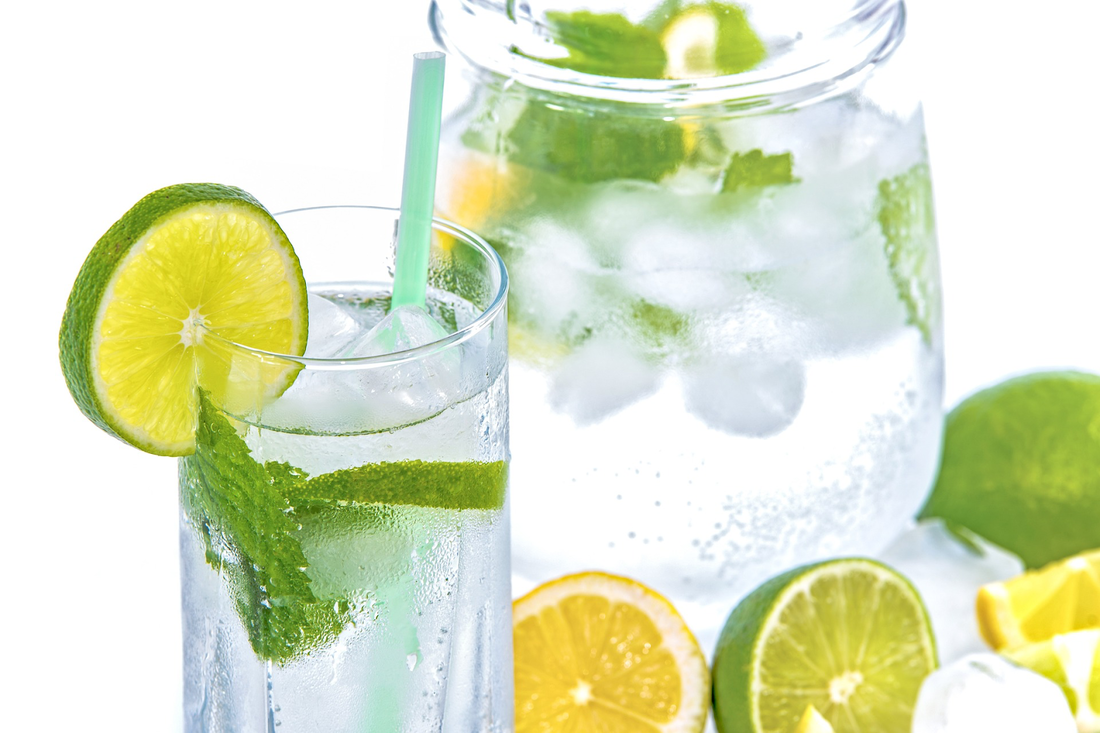

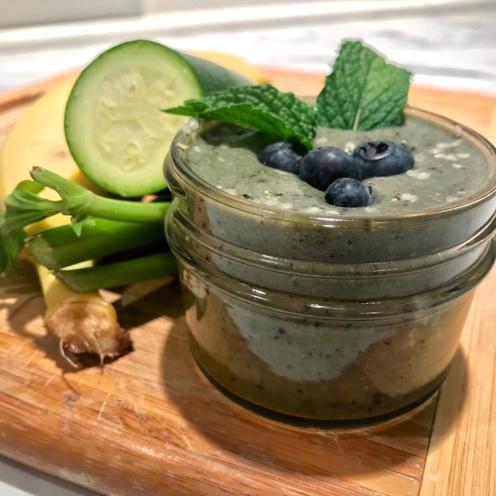
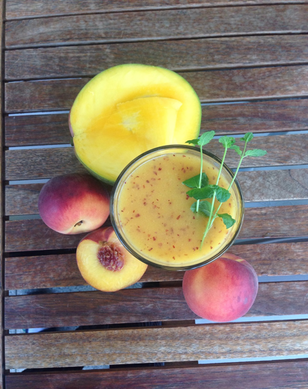
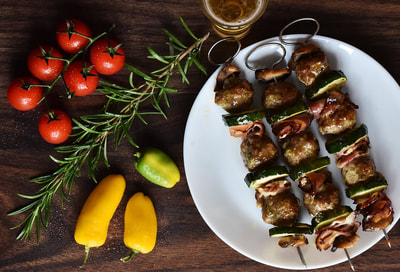
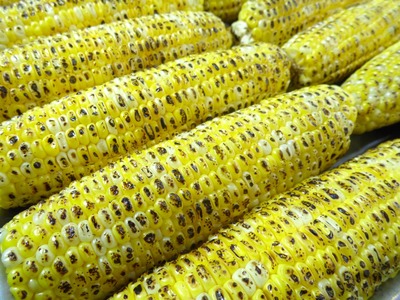
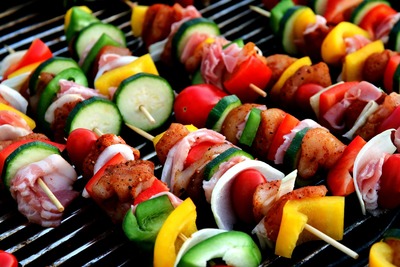
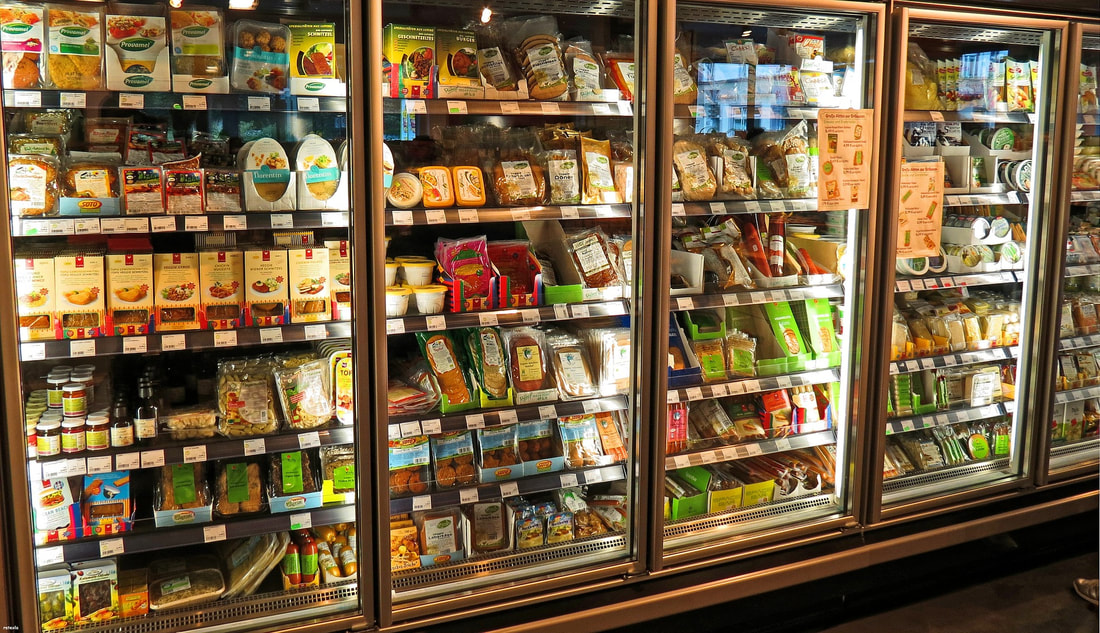
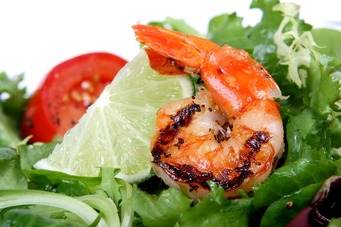
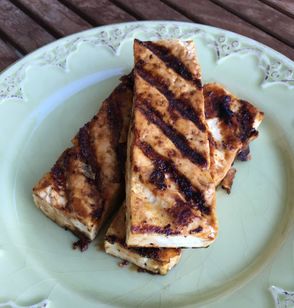
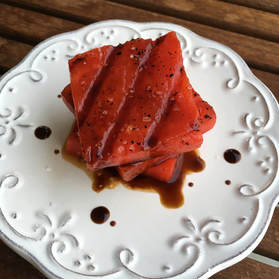
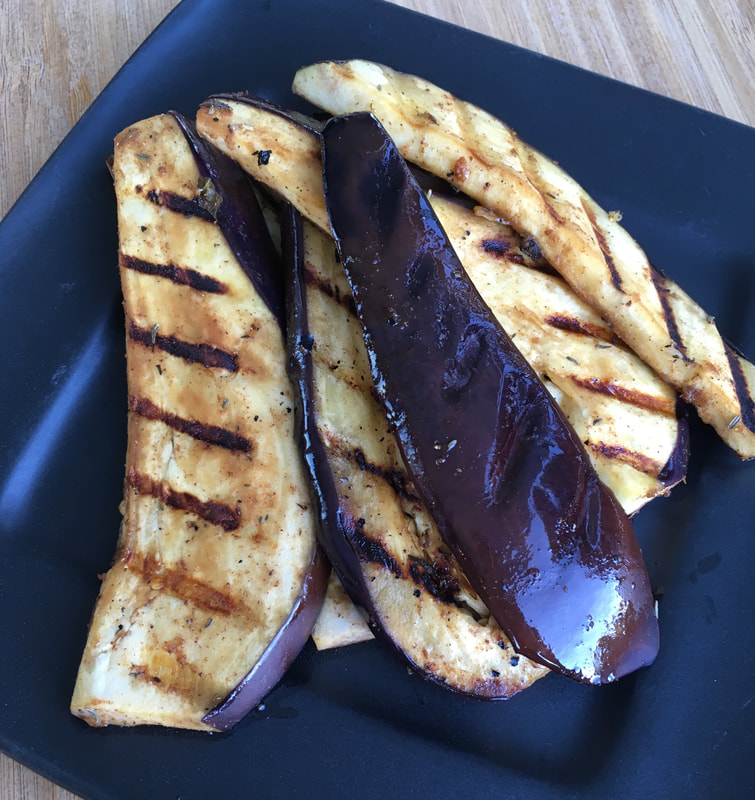

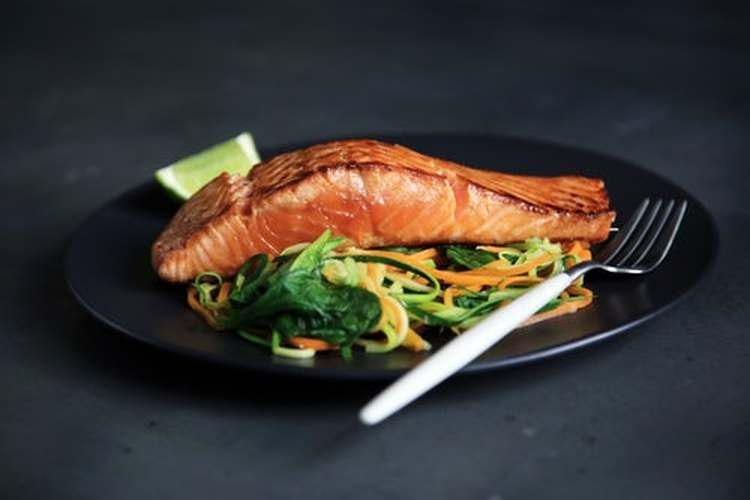
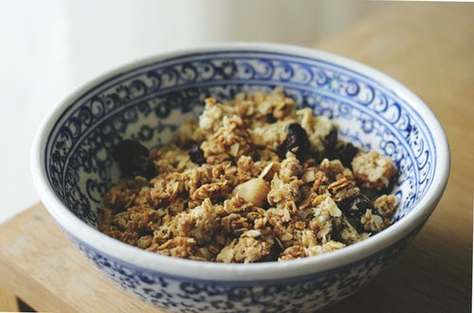

 RSS Feed
RSS Feed